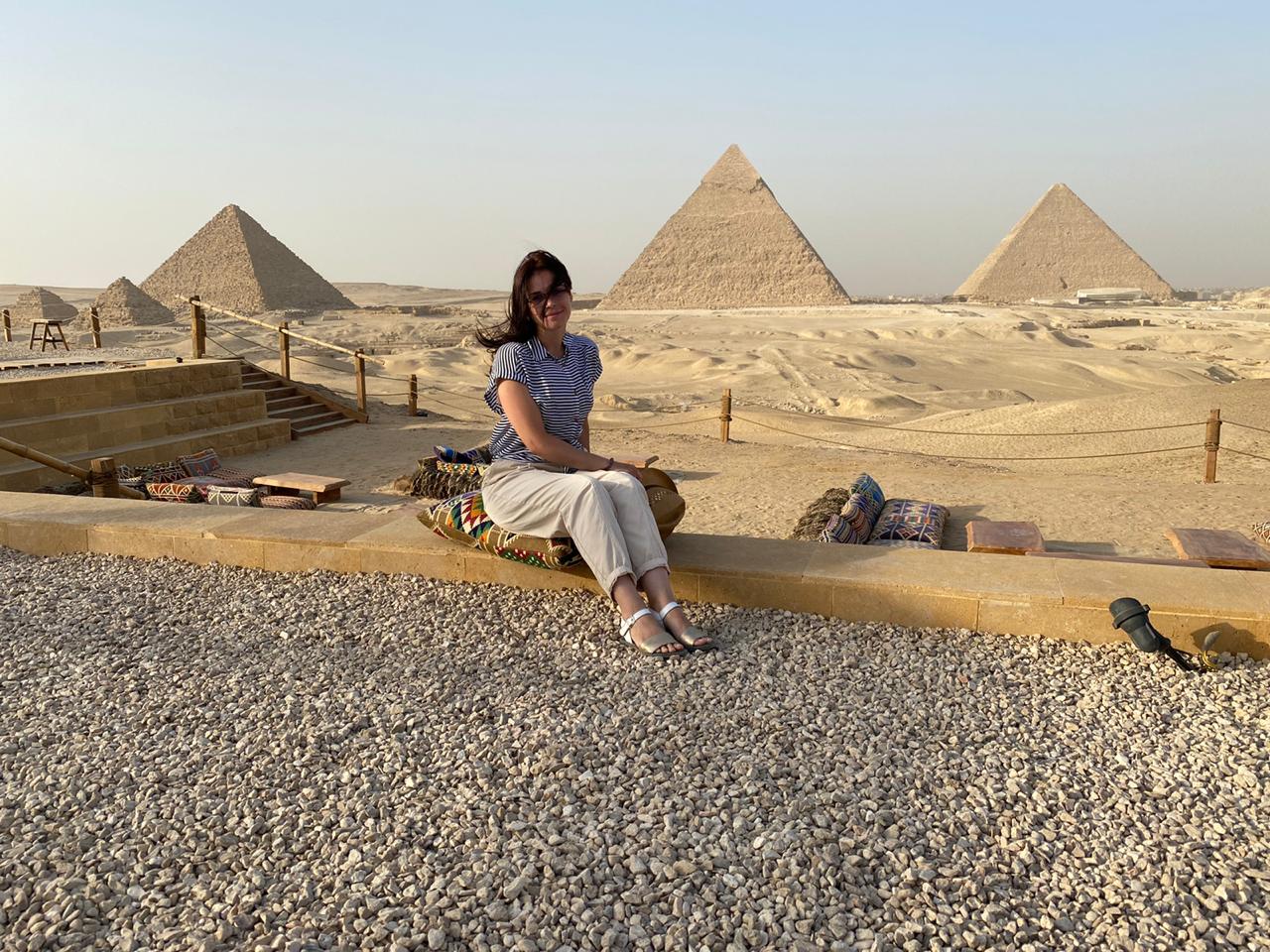“These electron images of plant life were realized without a camera in total darkness,” reads the invitation to the Metaflora exhibition currently showing at the American University in Cairo’s (AUC) Photographic Gallery, located at the university’s New Cairo campus. The impeccable image of a radiating leaf seems unearthly, similar to surreal life forms from the deep ocean or outer space, making the trip to the remote gallery compelling.
The exhibition, a selection of black and white images by American photographer Walter Chappell, is being shown for the first time in Egypt. It presents everyday plants like daisies and squash blossoms in meditative photos that evoke tranquility and mysticism through a technique called Kirlian photography. The photos lend themselves to both science and spirituality.
“Chappell’s photographs are maps to inaccessible places within the being of man,” explained Dr. Shems Friedlander, director of the AUC Photographic Gallery.
Chappell grew up on the Yumatillo Indian Reservation in northeast Oregon, where he developed great love for nature. He studied art, music and architecture, and was highly influenced by the teachings of Armenian philosopher G.I. Gurdjieff. Gurdjieff’s idea of “working on the self” to realize higher states of consciousness and a greater appreciation for the world are apparent in Chappell’s art.
Describing his Metaflora series, Chappell wrote, “To choose one leaf, one blossom, plucking them from the countless organs of foliage sensualizing the skin of this planet continuously with living forces; allowing these organs by hand to manifest a presence, being all at once light in total darkness; this is the way everything is always present.”
Photographer Minor White was a mentor to Chappell, and worked with him at Aperture magazine where he wrote extensively on photography as a medium for exploring the hidden meaning of the world. Chappell curated numerous exhibitions and prints at the George Eastman House in the late fifties and helped establish the Association of Heliographers, a progressive photography gallery in New York City, whose members included Paul Caponigro, Marie Cosindas and Nicholas Dean. Chappell continued to work and lecture extensively until his death in 2000.
Metaflora comprises two sections. The first section is a camera study of landscapes and plant life through panoramic shots and close-ups. The balance of detail, texture and luminosity is similar to Chappell’s previous studies of the human body, in which he desexualized often erotic poses into abstract depictions of life. The second part of the show is a selection of floral studies from his renowned 1974 Metaflora series. The images show light emanating from within the plants as well as from their edges.
In the exhibition catalogue, Chappell explains that, “no camera is needed for this experience, only the keen sensibility of the human mind. To arrest and refine this flow of impressions, creating an independent image in space, I use my camera with the same care and immediacy as I have become accustomed to practice with my eyes.” Dr. Freidlander, a Sufi, agrees that the Metaflora photos reveal the “aura” of the plants; a visual representation of living creatures' energy. He compares one’s ability to realize these forces of life to the ability of seeing the oxygen and hydrogen atoms in a water molecule using a special scientific instrument; in this case the instrument being higher sensibility and consciousness.
Chappell’s work owes as much to science as it does to spirituality. Chappell’s technique, called Kirlian photography after the Russian inventor Semyon Kirlian, is a camera-less form of image-making that relies on the application of high voltages to objects placed on light sensitive media. It dates back to the work of German physicist and philosopher Georg Christoph Lictenberg, who, in 1877, was the first to notice a corona discharge from a human hand, an electrical discharge similar to lightning. Kirlian and his biologist wife Valentina were the first to experiment with electro photography in relation to botanical research.
In Kirlian photography, the size and shape of the energy field–the light around the subject–is related to the amount of moisture present on the photographed object and in the surrounding atmosphere. An electric current separates the electrons from atoms and the objects become ionized, generating a glow. The glow from a flower photographed hours after it was picked is less than that of freshly-picked flowers, owing to the loss of moisture over time.
Although these two interpretations–the spiritual notion of an aura and the scientific explanation of moisture and light–may at first seem at odds, they actually work well together. Water, after all, is the essence of all life on earth, and so the glow, no matter what perspective you come from, represents a living energy. Chappell’s work, in any case, is based more on experience than interpretation.
Metaflora is exhibited at the Photographic Gallery from 27 September 2010 until 4 November 2010 at the Abdul Latif Jameel Hall, Plaza Level, The American University in Cairo, New Campus
The gallery is open Sunday-Thursday, 10AM to 5:30PM




